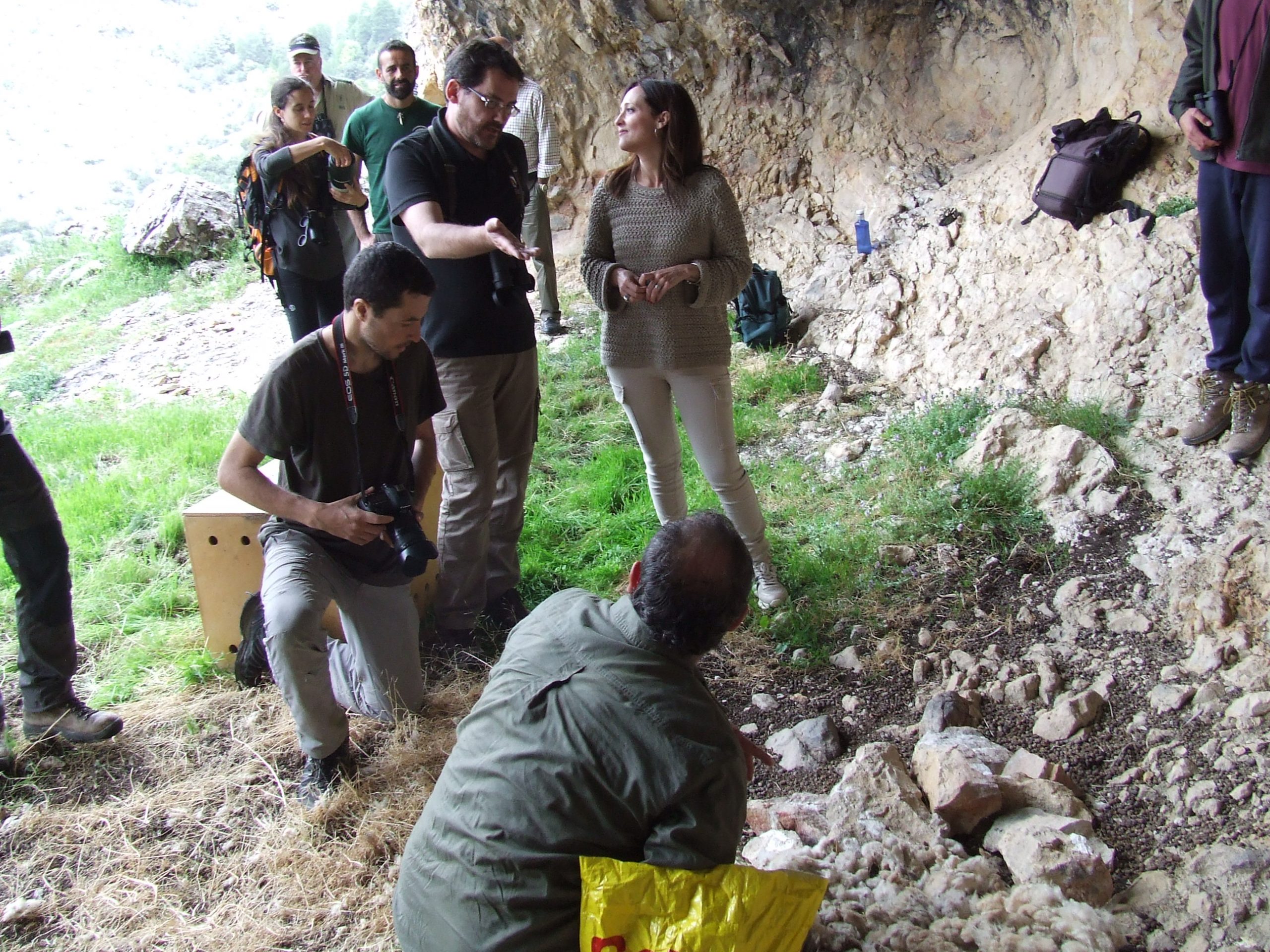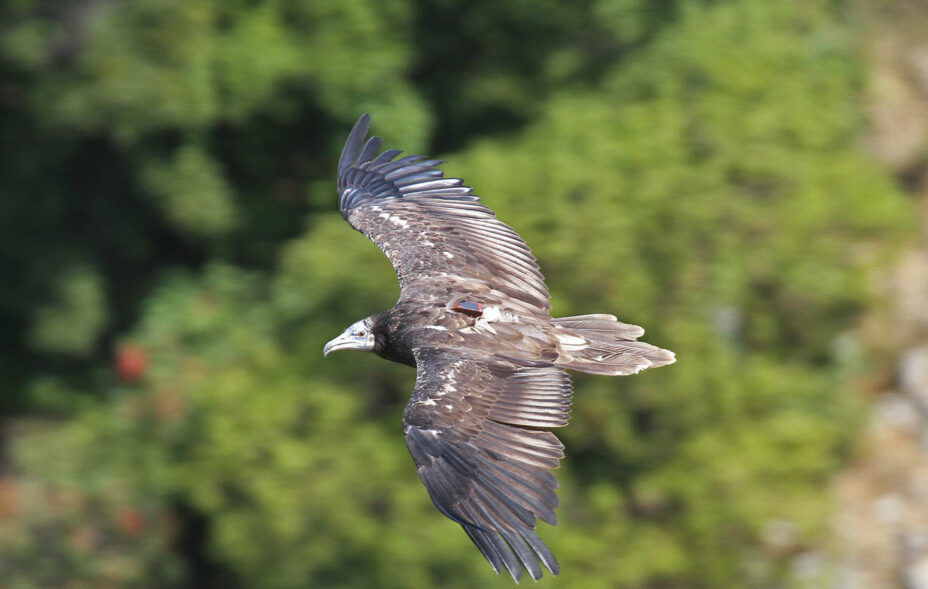
More captive-bred Bearded Vultures than ever before will be released in Andalucía as part of the project to reintroduce the species to the region.
The formal launch of the Bearded Vulture release season in Andalucía
The release of captive-bred Bearded Vultures began in France as part of the LIFE GYPCONNECT project. Now the releases begin in the Spanish reintroduction projects, firstly in the Andalucía project then then Maestrazgo project. On Thursday 23 May two young birds will be released into the wild in Andalucía formally beginning the releases there. The two young birds will be presented to the public for the first time in a ceremony in the town of Fátima in the Municipality of Castril ahead of their release into the wild in the Parque Natural Sierra de Castril.
They’ll then be transported to the hacking site where they will be monitored by the team from Fundación Gypaetus and fed without any human contact until they fledge the nest and take their first flight into freedom.
Kika

The first release in Andalucía took place on Wednesday 8 May with the release of the young bird given the identification of BG1018. Not quite a catchy name for one of Europe’s most beautiful birds, so with a little help from the children of the Andalucían town of Villacarrillo, the young female bird was christened Kika.
The group of young people who named the young Bearded Vulture and the release of Kika into the hacking nest. (c) Fundación Gypaetus
Kika, born at Richard Faust Zentrum specialised breeding centre in Austria was formally presented during a ceremony in Villacarrillo in the presence of the Delegate of the Government of Andalusia in Jaén, Maribel Lozano, and the Mayor of Villacarrillo, Francisco Miralles. After the presentation Kika was released into the hacking cave in the Cazorla countryside.
This year we are releasing a total of nine birds in the Andalucía reintroduction project. The first was the release of Kika on Wednesday 8 May. Following the release on Thursday 23 May of two birds, three more releases will take place in Cazorla of two birds each roughly two weeks apart from 24 May to the 25 June.
The wild breeding Bearded Vultures

Earlier in the breeding season we reported the fantastic news that the two breeding pairs in Andalucía, Tono and Blimunda and Hortelano and Marchena were joined by a third Encina and Sansón. All three pairs had laid clutches during the breeding season and chicks had successfully hatched. However, the young chick of Encina and Sansón unfortunately died, an occurrence that is fairly common for young and inexperienced pairs, the other two chicks have survived and have been observed in the nest doing well.
Bearded Vultures in Andalucía

Bearded Vultures disappeared from the skies of Andalucía in 1986 mainly because of direct persecution, illegal wildlife poisoning and human disturbance of the nesting sites. Led by the Junta de Andalucía, the Fundación Gypaetus, and us here at the Vulture Conservation Foundation, a reintroduction project began in 1996, with the first captive-bred birds, Tono and Blimunda released in 2006. Since 2006 54 birds have been released in the area. With the successful breeding of wild Bearded Vulture every year since the 2014/15 breeding season (except in 2015/16), the project is already a resounding success, and we expect the population to continue to grow.







